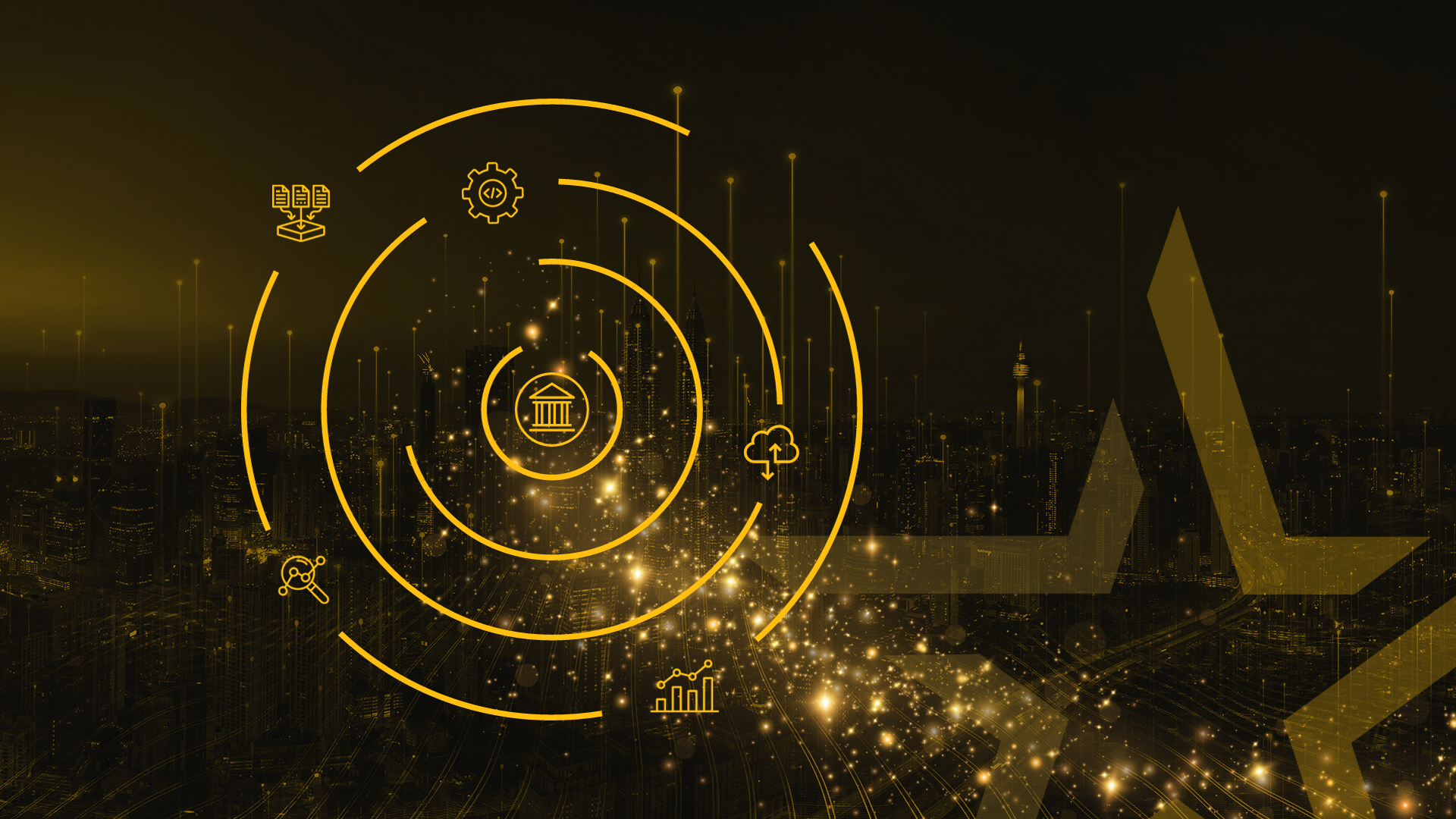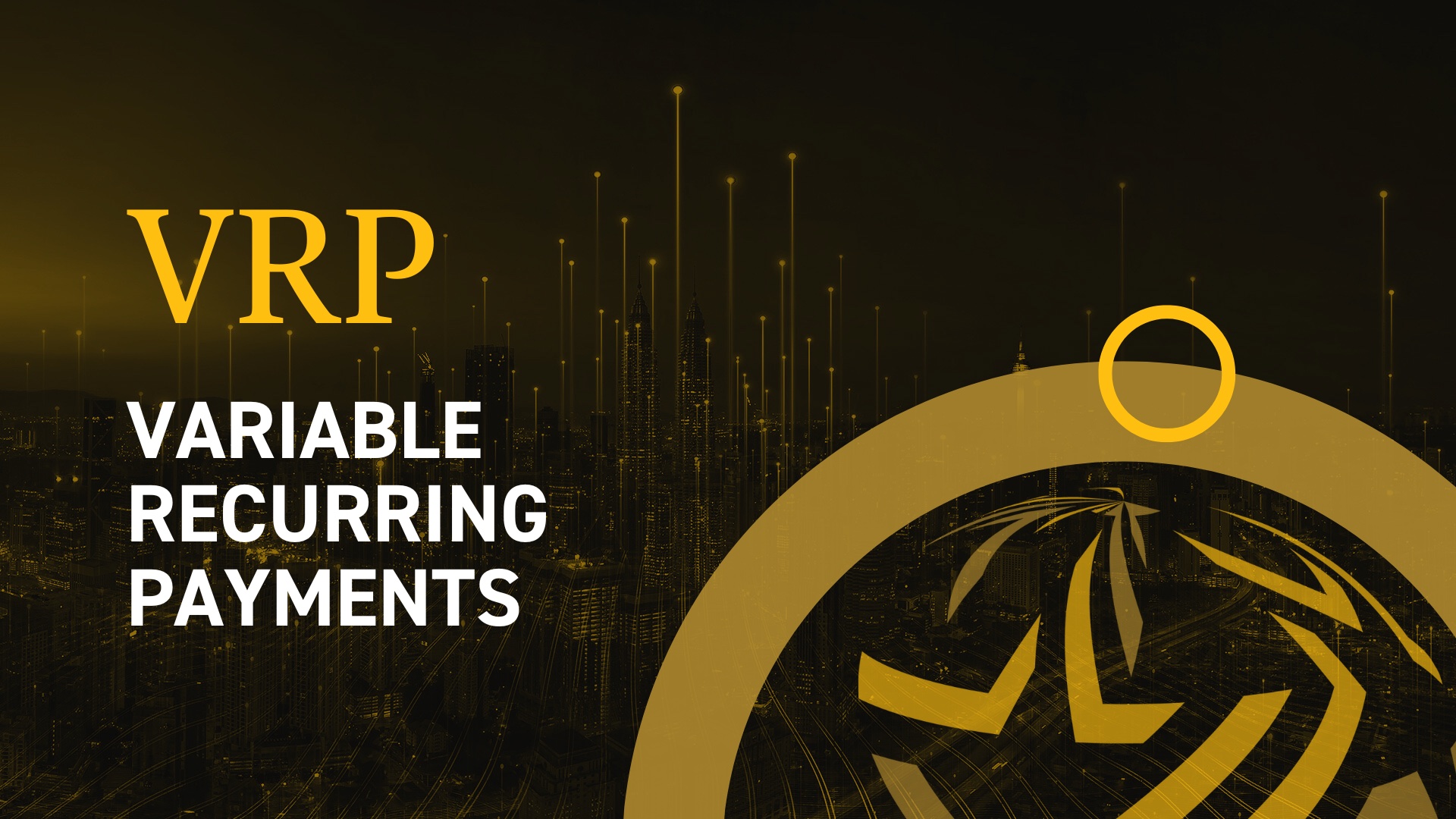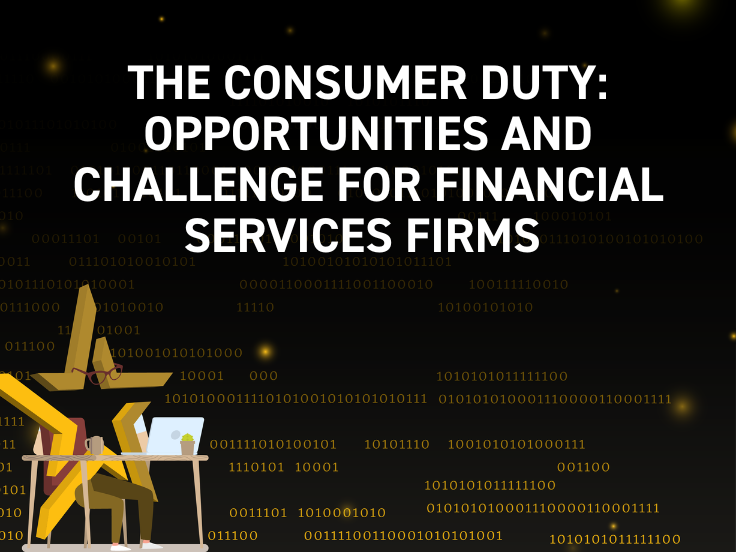A look at four of Australia’s Open Energy use cases

While the world has taken Europe’s lead on Open Banking, Australia started with an economy-wide approach informed by the Consumer Data Right (CDR), which implemented economy-wide Open Data.
It started with Open Banking, moved onto Open Energy and is now taking aim at other industries too. Australia’s Open Energy programme went live with 20 energy providers in November 2023, and the use cases are starting to take shape. This blog explores the differences between the rollout of Open Banking and Open Energy in the CDR, and reflect on four interesting use cases that leverage Open Energy.
Energy use cases are taking off faster than banking use cases
Before founding a regulated data sharing intermediary, I’d spent my whole career in banking, so the Open Banking use case ideas came easily to me – what problems they solved and what opportunities could be created.
When thinking of Open Energy, I struggled to think of use cases beyond energy comparisons; one of the highlights of being first to market to connect to Open Energy has been the visibility of the breadth and creativity of use cases that leverage Open Energy, addressing costs for consumers, quantifying environmental impacts, journeying from electricity to solar, and energy optimisation. The beauty of Adatree’s Open Data platform is that it powers all of these use cases, given the standardised and deep breadth of data available through the CDR’s APIs.
Our experience continues to be that clarity of use case is the real driving force behind market adoption. While rumours are circling of Australian regulators imminently banning screen scraping, it’s largely not relevant for energy. In fact, we see more use of PDF upload technology powering comparison and appraisal technology – and let’s not forget that comparison and appraisals are also often powered by humans reading energy statements and doing manual calculations. The energy market was primed for its analogue approach to data collection to be streamlined with digital processes through Open Energy.
Four diverse use cases using Open Energy
1. Instant comparison and solar/battery appraisal, provided by Accurassi
When energy consumers wanted to understand if there were better deals out there for them, or if a solar system install was going to save them money, they had to fumble around for energy statements or call up product providers to explain their energy use over the phone.
Accurassi is a technology provider whose business has historically relied on PDF upload technology to extract the key information required to inform consumers of their energy use and their ability to find other more appropriate deals in the marketplace. Accurassi has now connected to Open Energy to power its comparisons so that consumers can have an accurate, real-time, and comprehensive analysis of their own usage and easily see what solar panel and battery solutions best suit them.
Ross Sharman, CEO, Accurassi said: “CDR is a powerful, up to date dataset that can provide a smooth consumer experience, but when you process this data, you need to already have knowledge and understanding of market offers and have deep calculation power to present relevant information and alternatives back to consumers. The CDR for us has been a process of discovery. Hours invested in determining if results deployed after a CDR collection mirror the same results as if PDF’s were uploaded. The work required to do this wasn’t trivial, but now that it has been done, it is actually really powerful.”
2. Energy bill optimisation and advice, provided by EnergyFlex
With only their complicated and non-standardised energy statements, consumers have been expected to guess how much energy they are consuming, and how to become more efficient. This has been very challenging for even the most energy-literate consumers.
To solve this problem, EnergyFlex helps consumers reduce their energy bills and carbon emissions through small, practical shifts in how and when they use energy. Open Energy data powers insights that then allow EnergyFlex’s customers to make powerful decisions that may save them thousands annually.
Garry Harding, CEO, EnergyFlex said: “Energy Asset value is the financial, environmental, and community benefit you can realise depending on how you use electricity. Just as the value of any traditional asset (i.e. home, car) depends on its operation, upkeep, and optimisation over time, the same principle applies to your Energy Asset. Maximising renewable energy sources, seeking better retail agreements, and implementing practical improvements will significantly reduce cost, carbon emissions, and improve the inherent social appeal of your business, product, or service”.

3. Solar and energy optimisation, provided by Solar Analytics
Anyone with a home solar system installed will know that once it’s in, you don’t really understand what it’s doing until your bill arrives. That’s where Solar Analytics comes in.
Solar Analytics provides all the tools you need to maximise your solar savings by finding the best electricity plan, deciding when is the right time to get a battery, controlling your hot water, and even getting faults fixed faster. Solar Analytics tracks your solar performance – and your solar savings – and ensures that you get the most out of your solar.
Stefan Jarnason, CEO and co-founder, Solar Analytics said: “Getting a reliable stream of energy data allows us to show consumers really interesting information about their relationship with energy, and where they can take that over time. We’re really thankful that Energy CDR is here and we’re looking forward to that data becoming more and more mature over time.”
4. Carbon management products, provided by COGO
Our world has begun to shift cost to polluters, so there is an increasing need for consumers and businesses to fully understand their footprint.
For example, we already have the automotive industry adhering to emissions standards, which creates the need to offset old, polluting technologies and financiers are now conscious that their financing activities need to take into account what sort of carbon footprint their customers have.
We see really exciting things happening in this space with companies like COGO, who can accurately measure consumer and business carbon footprints using Open Energy.
Ben Gleisner, CEO, COGO said: “Accurate measurement of consumer and business energy consumption not only gives rise to powerful ways to interact with them, but also allows businesses to think about what responsibilities they have over the carbon footprint of those customers.”
“This space is emerging quickly, and we’re working with innovative companies to get a very clear picture of footprints so we can all do something about that. Consumers are already very receptive to ideas on how to optimise their energy use, and this is due to continue with the increased regulatory focus on carbon.”
Where is Open Energy headed next?
So far we have seen ways that consumers and businesses can become more informed about their energy use, and take action in simple ways. We anticipate that the next wave of use cases will start to combine the capabilities of Open Energy, Open Banking, and payment initiation (which is yet to be launched in Australia, but is in the design phase).
For example, consumers can understand the suitability of solutions like solar, and then go on to an instant finance application – leveraging both Open Energy and Open Banking. These use cases are around the corner and will surely accelerate the transition to renewables. Having said this, we’ve always been surprised with how creative the markets are when it comes to data, so the emergence of new use cases is imminent.
The progression towards economy-wide data sharing in Australia is not slowing down and will no doubt continue to be a hotbed of innovation.
Author: Jill Berry, CEO & CO-Founder, Adatree
About Adatree: Adatree is the poles and wires of the Consumer Data Right in Australia. As a regulated Accredited Data Recipient, Adatree is the market-leading Open Data intermediary to connect companies of all industries, sizes and use cases to leverage data.




 10:39 15 Mar 2024
10:39 15 Mar 2024  " alt="">
" alt="">

 " alt="">
" alt="">
 " alt="">
" alt="">
 " alt="">
" alt="">
 " alt="">
" alt="">
 " alt="">
" alt="">
 " alt="">
" alt="">
 " alt="">
" alt="">
 " alt="">
" alt="">